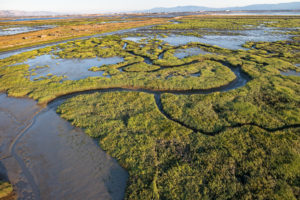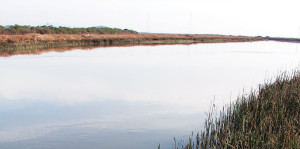On this year’s World Wetlands Day, February 2, 2011, Sonoma County’s Laguna de Santa Rosa officially became a Wetland of International Importance according to the Ramsar Convention on Wetlands. The Laguna de Santa Rosa Wetland Complex is a biologically diverse habitat that defies static boundaries. Its 250-square-mile watershed includes 30,000 acres of creeks, lakes, marshes and seasonal wetlands, riparian forests, and oak woodlands that provide habitat for a wide array of species, including many that are threatened or endangered. It is both Sonoma County’s largest freshwater wetland and the Russian River’s largest tributary.
Worldwide, there are 1,912 recognized wetlands of importance. “Ramsar Convention designations haven’t taken off in the U.S. like they have in the rest of the world, but here in the Bay Area, we’re ahead of the curve,” says San Francisco Bay Joint Venture‘s Christina Sloop. There are 29 designations in the nation, with five in California. Of those, three are in the Bay Area. The others are Bolinas Lagoon and Tomales Bay. The Ramsar Convention, an intergovernmental treaty that promotes the conservation and wise use of wetlands, got its start in 1971 in Ramsar, Iran.
You’ll find the best access to the Laguna de Santa Rosa in Sepastopol at the Laguna Uplands Open Space Preserve or on the Santa Rosa Creek Trail, which ends at the Laguna channel.
The process to list the entire San Francisco Estuary with Ramsar is in progress and might be complete by World Wetlands Day in 2012.
Learn more about the Laguna de Santa Rosa at lagunadesantarosa.org.

.jpg)



